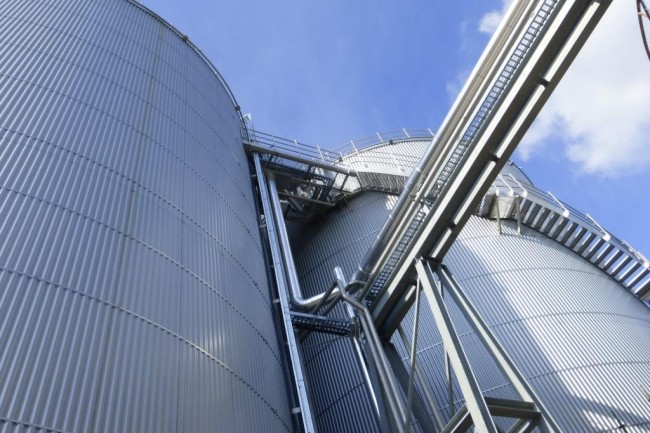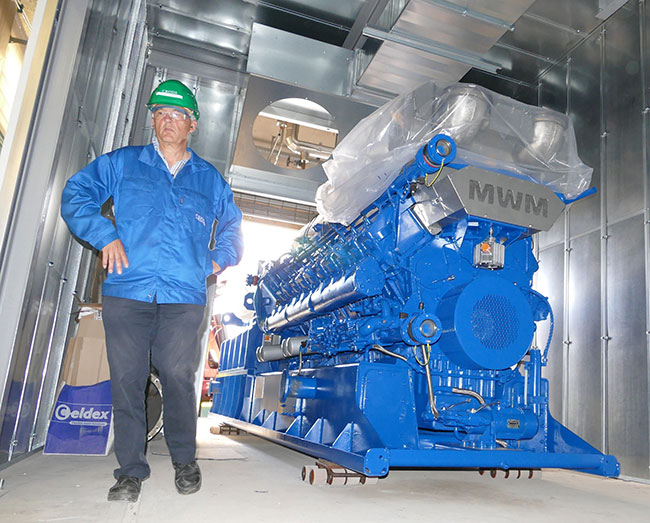News
Validation report Quarterback
2018-05-07
The validation report assesess if the primary objectives of the Quarterback project are met and gives recommendations to improve the performance.
Download the validation report: Quarterback_20170731_Validation_Report_Final.pdf
The project has won the VNCI Responsible Care Award for 2017!
2017-06-20
One of the reports was: The Gouda site of the Croda Speciality Chemicals group has put maximum effort is efficient use of a low value product side stream: its glycerine. With project "Quarterback" Croda has eliminated this stream completely and it is now used as an energy source via anaerobic digestion into biogas. For this, on June 1st Croda was rewarded with the Responsible Care Award 2017 from the VNCI, the Dutch National Chemical Industry Association.
The project is described as a clever design with an integral approach and solid support from the Croda Head Office. The savings are a good example of Responsible Care and of circular thinking. Besides water savings, site CO2 emission will be reduced by 25% and transportation of 7700 ton/annum of intermediate product will be avoided. Another positive was the good relationship and involvement of the local community, who were involved in all the changes and modifications necessary.
The RC Jury was impressed, the chairman Gert-Jan de Geus stated that Croda clearly works hard in defining and demonstrating leadership in Responsible Care.
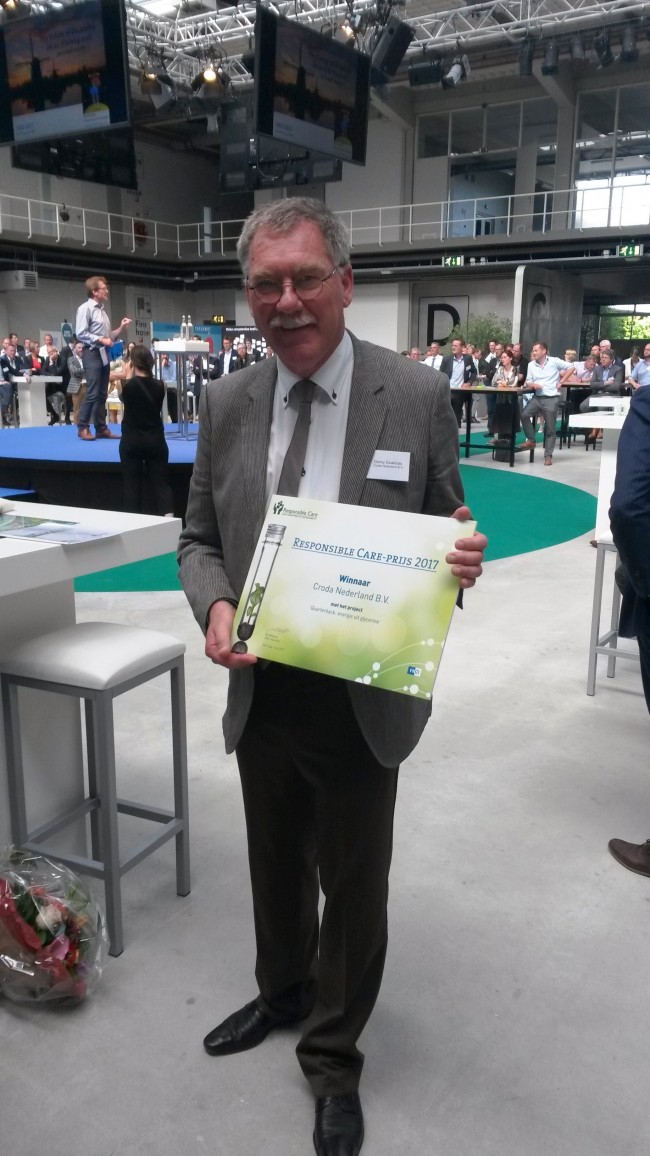
Integration biogas plant matter of learning by doing
2017-04-24
After more than half a year production of biogas from the water/glycerine mixture works very well. Methane production per unit of COD is close to the design value at around 0.32 Nm3 CH4/kg COD brought into the reactors. Methane fraction is about 58vol% giving calorific values of 21-21.5 MJ/Nm3 and H2S numbers are low and mainly determined by proper (over)dosage of sulphur containing nutrients.
Thus, the basics are there but unfortunately the design capacity has not been reached yet. The exotherm related to the conversion process is higher than anticipated, and since the reactors are insulated quite well, a steady temperature rise can be seen when the feed rate is increased. At the same time, acidity in the reactors increases as well and, despite good pH monitoring and control, the conversion starts to suffer at higher feed ratios. As the feed stream comes from the fat hydrolysis process at 85°C+ the existing cooling facilities need to be improved to provide the additional capacity before the capacity can be raised further.
Progress has also been somewhat slower than expected due to the complexity of all the components of the project that need to work together without failure. Besides the conversion of glycerine to biogas as such, key to the project is steady generation and effective consumption of biogas. This greatly depends on uninterrupted functioning of the gas treatment, of flow measurement and gas analysis, of the flare, of the gas engine and the steam boiler uptime as ultimate consumers and of the waste water treatment system to remove remaining biomass and COD.
Understanding the ways these components work in practice and making them work together properly is a job that our operators have learned and are still learning every day!
Commissioning on schedule
2016-10-12
Biogas production has started in July 2016 after the two reactors were charged with active anaerobic sludge made available by selected third parties. De glycerine/water feed flow is increased step-by-step with approximately 10% per week or less if found necessary. Analysis are taken on a daily basis to ensure proper process control. Over the past period the capacity was raised to about 30% of the design value.
Conversion of organic material to methane is very high at more than 95%. All material that is not converted ends up in the effluent treatment plant and as a result of this high conversion ration the additional load on that unit is only minimal.
Biogas quality is high with low H2S concentrations and an average methane content of 58%. The biogas composition tends to fluctuate somewhat as well as the flow, both effects clearly being influenced by the rotational speed of the agitators and the flow delivered by the circulation pumps. These effects need further investigation.
The MWM gas engine is in operation and is delivering up to 60% of the installed power. To ensure a constant calorific value of the gas and reduce volume fluctuations, natural gas is mixed into the biogas flow. The electrical power generated is fully used for regular Croda production as well as the heat recovered from engine and exhaust gas cooling. This heat is delivered as hot water for heating of tanks used for storage of natural fats and oils and for products.
The main high pressure steam boiler has been briefly tested on biogas to ensure proper operations of the new biogas burner and its control. As soon as a sufficiently large flow of biogas is available final testing and commissioning of the boiler on biogas will take place.
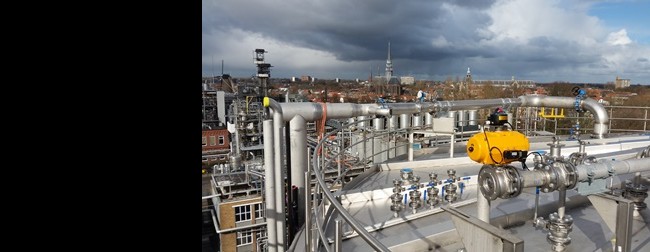
Commission phase approaching rapidly
2016-05-02
The commissioning phase of the digestion is approaching rapidly now. The reactors and flare are ready for production. For start-up, supply of some 1500 tons of anaerobic sludge has been arranged and soon after that the first glycerine will be pumped into the reactors. To avoid overloading, capacity build-up will be step by step. It will take several weeks before the full fat splitting capacity is reached. When that is achieved, the glycerine concentration unit can be stopped and consumption of steam and fossil energy will reduce accordingly. Obviously, production of biogas from the diluted glycerine will also contribute to this reduction. The operators have been trained and will closely monitor the process during start-up.
Installation of a new decanter that will enable disposal of the formed anaerobic sludge to composting will be completed over the next weeks, together with completion of the required modifications of the aerobic effluent treatment plant. This phase will be completed somewhat later than start-up of the digestion as it takes several weeks to grow the sludge in the 2x3.500m3 reactors prior to further treatment.
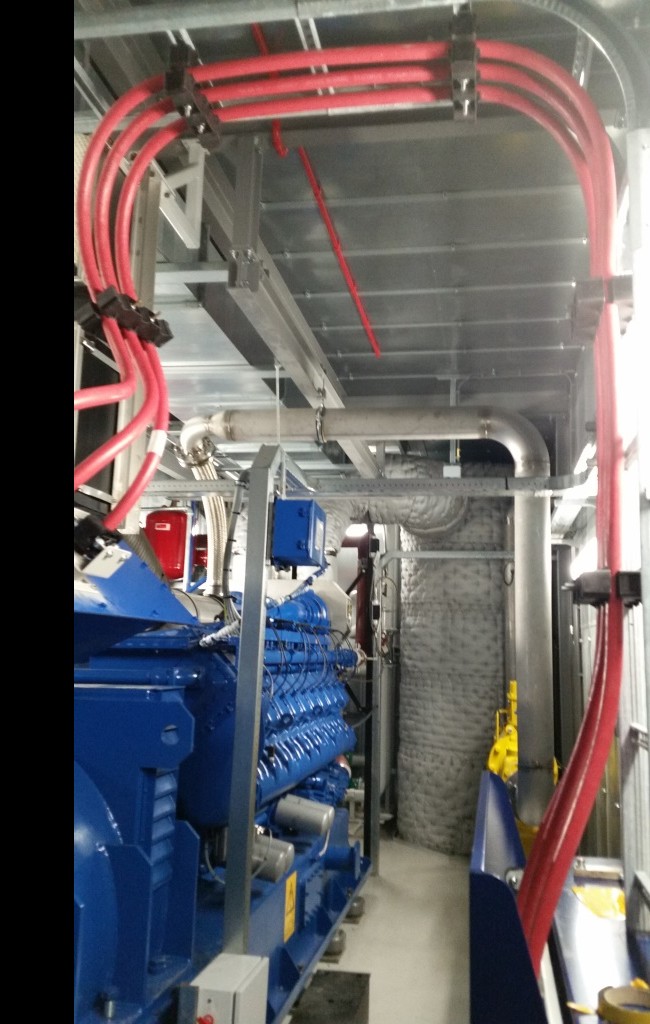
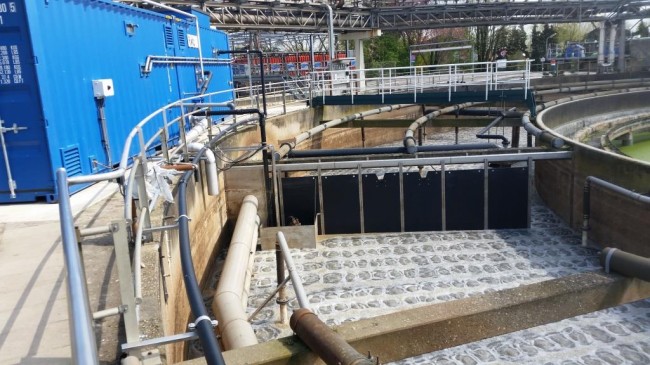
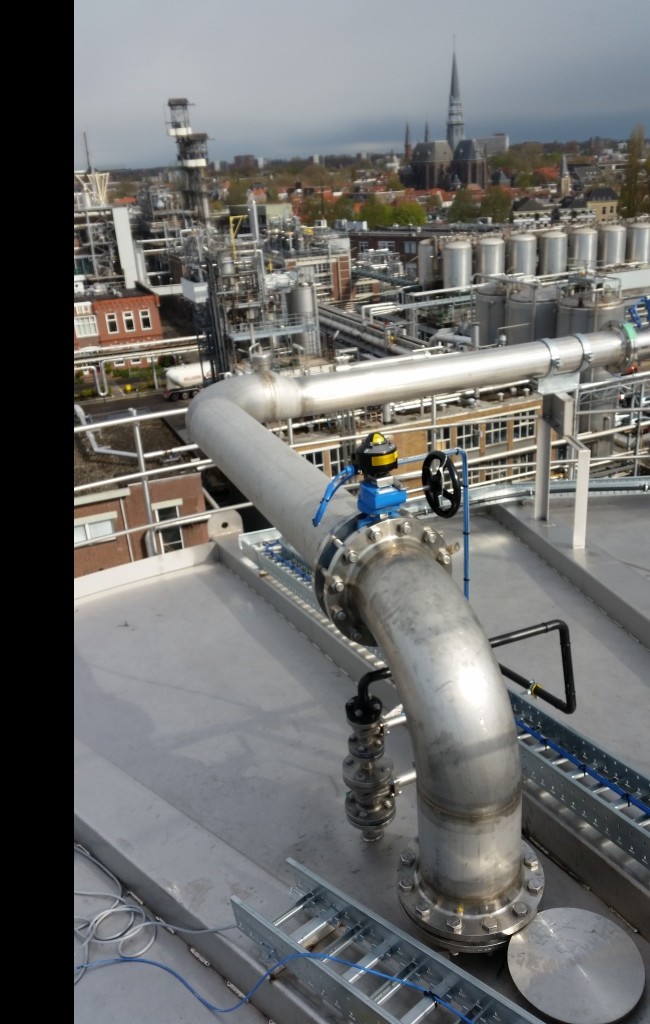
Construction and installation activities have reached a peak now.
2016-02-22
The digesters have been installed with their agitators, the de-gassing tank is complete and ready for its new role. Filling of the reactors with water for testing purposes is on-going. The biogas engine is almost ready for commissioning, it is scheduled for the end of March. Also in March the main boiler will be adapted to take biogas as fuel.
The necessary equipment and piping at the reactors and for the warm water distribution system are nearing completion, as are the cabling and instrumentation. Various packaged units have been delivered and being installed such as the gastreatment unit, nutrient dosing systems, sludge decanter and membrane bio reactor for aerobic treatment of the digestate.
The first inspections for completion have been done, process commissioning is being prepared and operator and craftsmen training has started.
When the proper type and quantity of active sludge has been located at qualified suppliers/users and the unit has been completed and is safe to use, the expected start date for filling with sludge and slowly feeding glycerine to activate the process is in April.
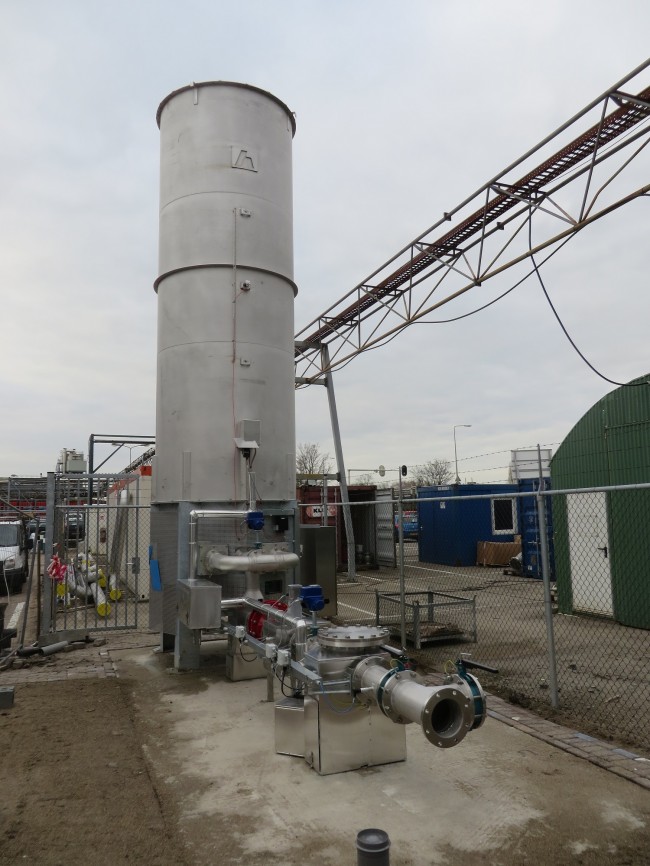
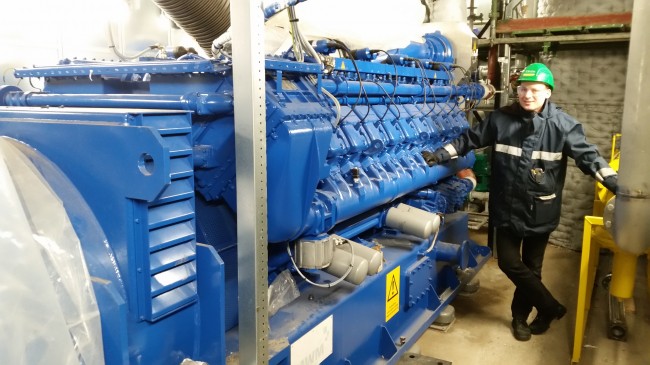
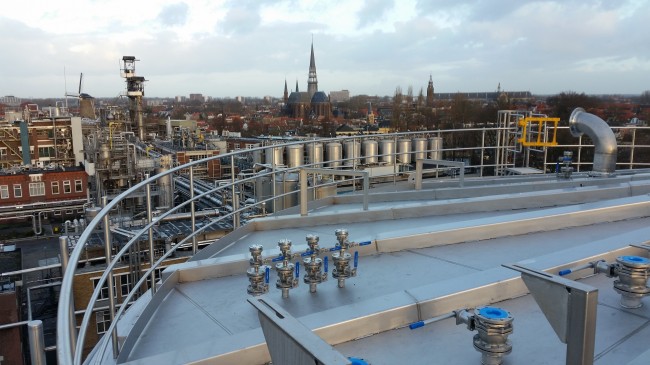
Project is on track
2015-08-25
Construction of the digestors that will convert glycerine into biogas is progressing well at the GPI yard in Groot-Ammers.
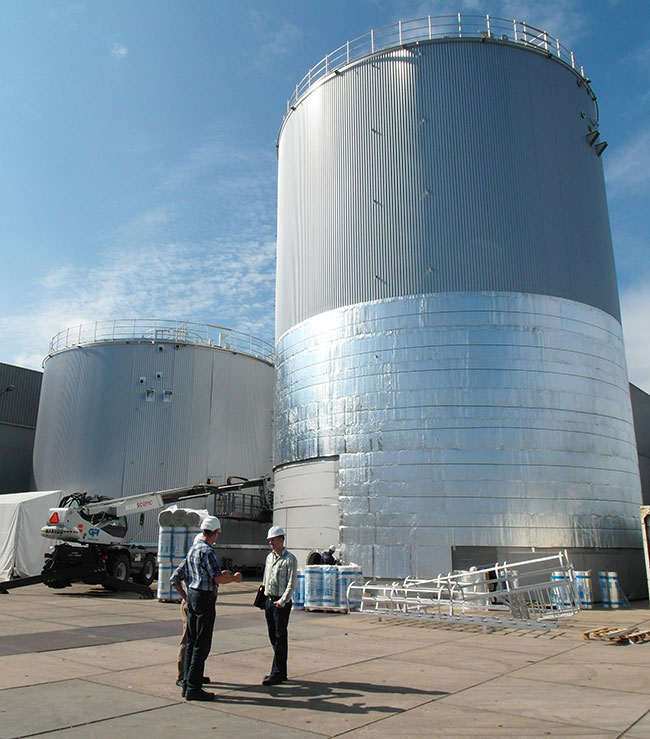
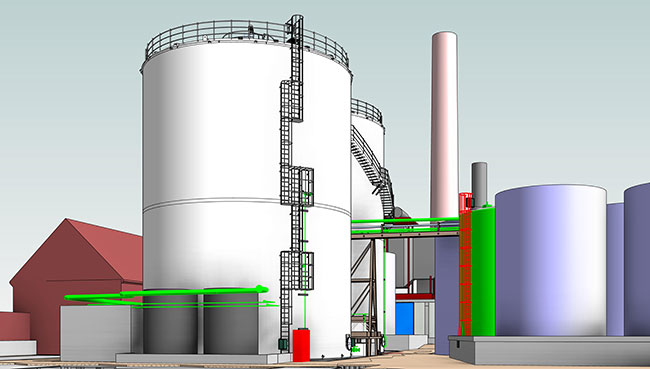
3-D modelling of the piping is nearing completion and construction will start soon.
The new 2MWe biogas engine was delivered on site and installation will be completed in the coming months.
Croda installs information panel
2015-01-29
Croda installed an information panel to inform passers-by about the building works.
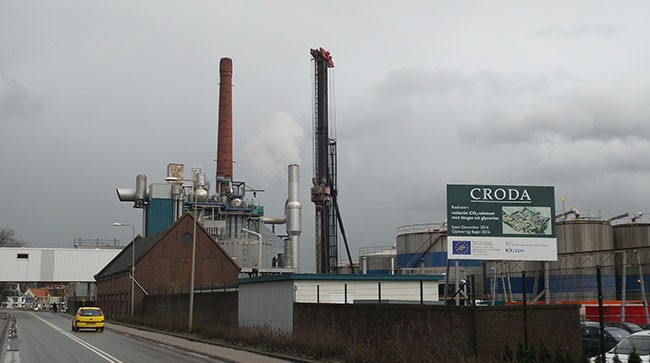
Croda builds for a better environment
2015-01-16
Croda builds for a better environment
Croda is building a bio-digester on site. The system saves energy costs and CO2 emissions of the company will be reduced by a quarter. ,, Good for us and good for the environment, '' said Danny Zwakhals, senior engineer at Croda.
The first pile went into the ground went yesterday and the fermentation plant should go into business in a year. With some modifications to the power plant, there is a total investment of several million associated with the project. A portion is funded through a grant from the European Union.
For the bio-digester raw materials are used in their own business, says Zwakhals. ,, For the products we make here, we use oils and fats. A co-product that we are left with is glycerin. That will remove us and refined elsewhere. We have conceived that there is also a different route should be for the processing of that glycerine. That will remove us and refined elsewhere. We have conceived that there is also a different route should be for the processing of that glycerine. "
The bio-digester other energy systems may be shut put. The bio-digester other energy systems may be shut put. ,, Therefore we save on our energy costs and hence CO2 emissions. That is about 25%, hence the project is called Quarterback.
The bio-digester is on the outer dike area of Croda between the Rotterdamseweg and the Hollandsche IJssel, between the stone boiler house and the car park. A yet to be installed board explains what is coming and that the EU supports. A yet to be installed board explains what is coming and that the EU supports.
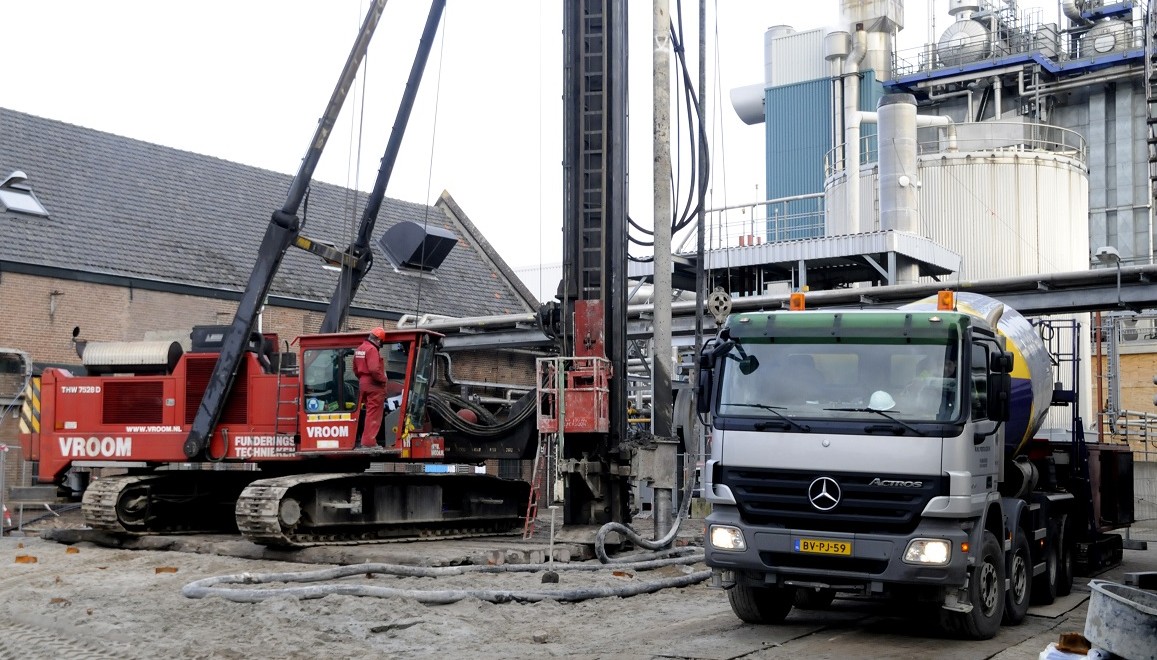
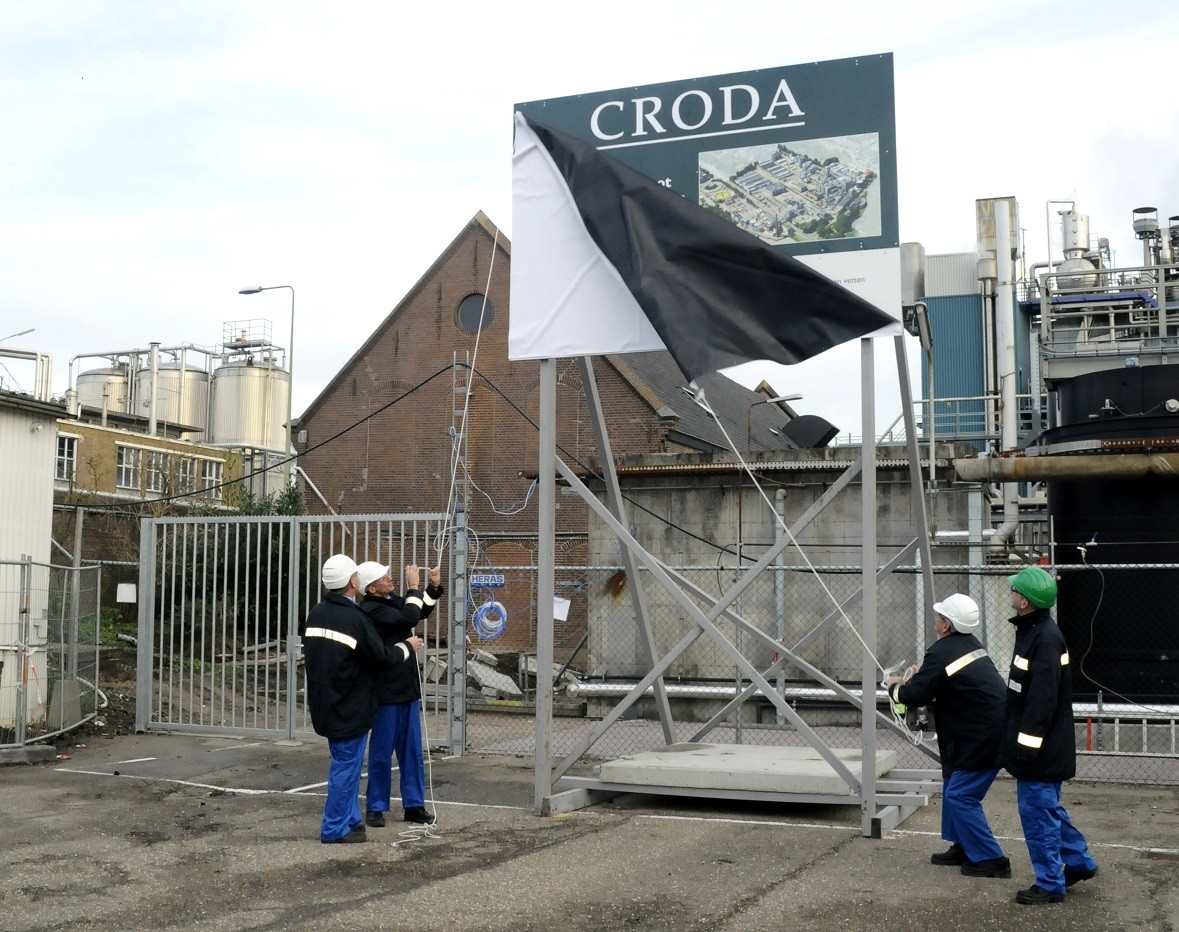
Events coming up
2014-12-24
16 January 2015: Small celebration with the start of foundation works.
Breaking ground
2014-12-17
By investing in a membrane filtration unit, Croda no longer needed its boiler feedwater pre-treatment section for softening purposes. Demolition of this old plant has started to create the necessary space for the 2 digesters and biogas treatment facility.
Permit issued
2014-12-10
The necessary permits for building and operating the new plant and the related modifications have been formally issued by the Authorities (Omgevings Dienst Midden Holland) on December 10th 2014, registered under nr 35446 in the "Staatscourant".
Boiler conversion
2014-11-10
The main high pressure steam boiler has been successfully converted. All hardware and software related to the former gas turbine/CHP operation mode have been removed and the boiler now operates as a stand-alone unit. Thermal efficiency is well into the 90% area.
Effluent Treatment Plant upgrade
2014-10-01
The first part of the modification of the existing aerobic treatment plant was completed before the summer of 2014. This included installation of a new aerator system to reduce power consumption by a more efficient air distribution and several preparations for isolation of a 1/3rd section of one of the aeration ponds. The latter to be able to accommodate glycerine containing effluent after the digesters have been commissioned late 2015.




